You probably heard Einstein’s famous words, “If the bee disappears from the surface of the Earth, man would have no more than four years left to live.” Well, that couldn’t be truer, but we’re not here to only talk about bees. Nature has a wide variety of insects, birds, and all sorts of other crawlers and critters that can be included in what we call friendly fauna. We’re here to talk about making our gardens a better place to live for them because if their life is better, so will ours.
Maintaining a clean, eco-friendly, and chemical-free environment should be a focus for everyone that wants to lead a healthy lifestyle. Whether you have children or not, drive a car or not, live on a sprawling residential lot or a compact apartment building, we should all acknowledge our modern lifestyle’s impact on the environment. Through small changes like planting a few local flowers throughout our yard, we could make a better environment for creatures that are much smaller than us and use way less of the planet’s natural resources.
It’s all about the Birds, the Bees, and the Butterflies

Maintaining the population of bees across the planet should be a fundamental requirement of every individual because they make it possible for flora to grow, prosper and provide the nourishments necessary for us to live. Yes, we depend on bees. How’s that for a wake-up call? Did you know that around 20 million acres in the U.S. are used to plant lawns every year? Maintaining your pristine lawn uses 67 million pounds of pesticides that affect the wildlife across the country and uses around 2 trillion gallons of water to keep it luscious and green. Do you know how many birds, bees, and butterflies can be sustained from that? Mostly none, because the chemical pesticides kill them, and they have nothing to pollenize from it anyway.
The only reason we have lawns is that they look good and are easy to maintain – except they aren’t. Aside from the amount of water wasted through drainage and chemicals sprayed on it to keep that perfect aspect, your pets will also be affected by lawns. If you change the way you manage your backyard, you won’t only help the friendly fauna in your area but also make your backyard more dog-friendly in the process. Maintaining a lawn takes much more time to maintain than other types of plants and is unusable to any pollenizer or different types of wildlife, for that matter.
Implementing a wildlife-friendly habitat in your backyard will not only transform your backyard into an oasis of color and wonderful scents but also into an oasis for pollination. Through habitat gardening, you’re essentially bringing your garden back to its original natural state. Like this, your garden will have everything the birds, bees, and butterflies need to live. It will provide them with the cover, shade, fruits, seeds, and flowers to make nectar, aside from anything else wildlife needs and does not get from a lawn-covered yard. You can also look into vegetables you can grow around the house, and you won’t only feed the wildlife, but you’ll also feed your family with recipes made out of your own garden.
Birdscape your Yard

With over 650 species of birds nesting across North America, inviting some of the local variety in your backyard through some birdscaping techniques will give a whole new meaning to waking up in the sounds of birds chirping. All they need in order to find your yard a suitable place for them is some water, nesting, and covered sites, and plenty of food options. Try to implement the following suggestions, and you’ll find birdwatching can be a lot easier when the birds are in your own yard.
Research Local Wildlife
Contact your local Audubon chapter or the US Nation Resources Conservation Service. They can help you identify the bird species more common in your area and what you can do to implement a habitat for them in your backyard. You can also research this information online.
Mimik their Natural Habitat

By replacing the lawn with native plants, you give the birds the food they require to proliferate and restore the area back to nature. If there are any dead trees on your property and they don’t pose a risk to any structures erected on your lot, decide against removing them. Birds use the hollows in the trees for nesting sites.
Provide Comfort
For housing and food, you can mount bird boxes, houses, and feeders on poles where other animals can’t reach. The only potentially harmful animal here would be the squirrel, but you can have another feeder meant for squirrels. Also, add a water feature in your backyard that birds and other wildlife can use for hydration.
Pollination Oasis
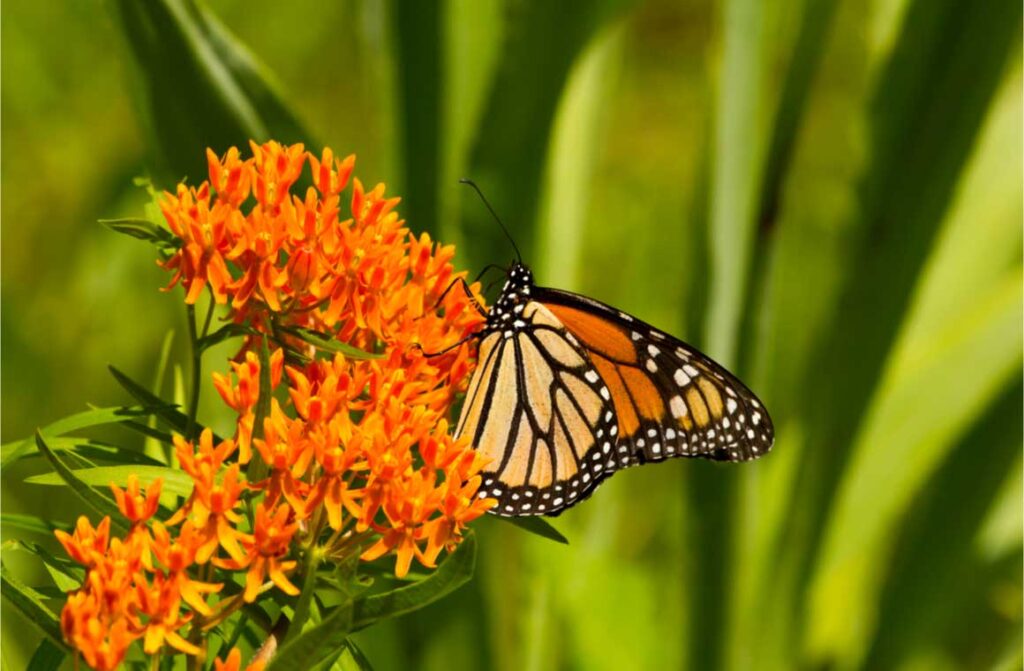
While bees are the most famous and essential pollinators, other creatures help the planet in the same way and are much less phobia-inducing than bees. The beautiful butterfly is an avid pollinator, and there are over 700 species across North America that you can invite into your garden. Of course, the bees will also come, but even if you might not be fond of them, try not to kill or banish them. They are detrimental to the survival of everything on this earth.
Research Local Wildlife
You can use the Audubon Society again to research the types of plants that are most likely to attract butterflies and bees into your garden. Replacing all that lawn with nectar-rich plants will ensure that your garden oasis will sustain the local wildlife in your area. Make sure to check the USDA Federal Noxious Weeds List so that you don’t wind up introducing an invasive plant in your backyard. Look to local and native flora to ensure a continuity of the area’s natural habitat.
De-Lawn and Re-Flower
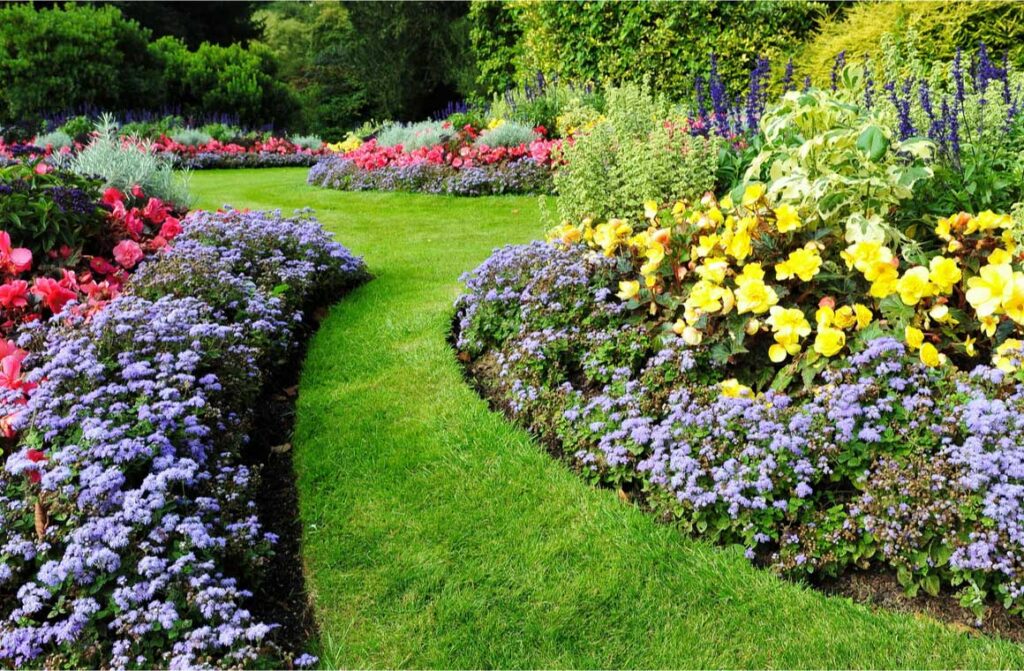
Your lawn is only green, and it’s about time you add some color in there to spruce things up a bit. Make sure you have plenty of nectar-rich plants in your garden to ensure that butterflies have enough food to satisfy their appetite, and they will keep coming back. However, during their larval stages, they need plants that can be used to encourage habitation. These host plants range from flowering plants like Passion Vine and Milkweed, to bushes and trees like the Sweet Bay Magnolia. It won’t be difficult finding the right one to plant in your area, and they are necessary for when the butterfly is a caterpillar (their larval stage).
When it comes to bees, they eat two things. First, they come for the nectar that is best sourced from native plants as those will attract native bees. Secondly, they come for pollen, and they are more drawn to blue, violet, purple, yellow, and white flowers. And, remember, the type of plants you plant will attract a specific kind of bees. There are over 4,000 types of bees in the US and over 20,000 worldwide, but it is best to grow local plants and attract local bees.
While this is a bird, it is also a pollinator, so we’ll cover the Hummingbird here. While there are only 15 types of hummingbirds in the US, these small, bee-like birds are a masterpiece of evolution and should be treasured as such. They also eat small insects and nectar, so maintain a diverse local flora in your backyard, and hummingbirds might appear.
Make sure you have plenty of water for all these pollinators to drink, and they will keep coming back and maintain your garden for you.
Provide Minerals
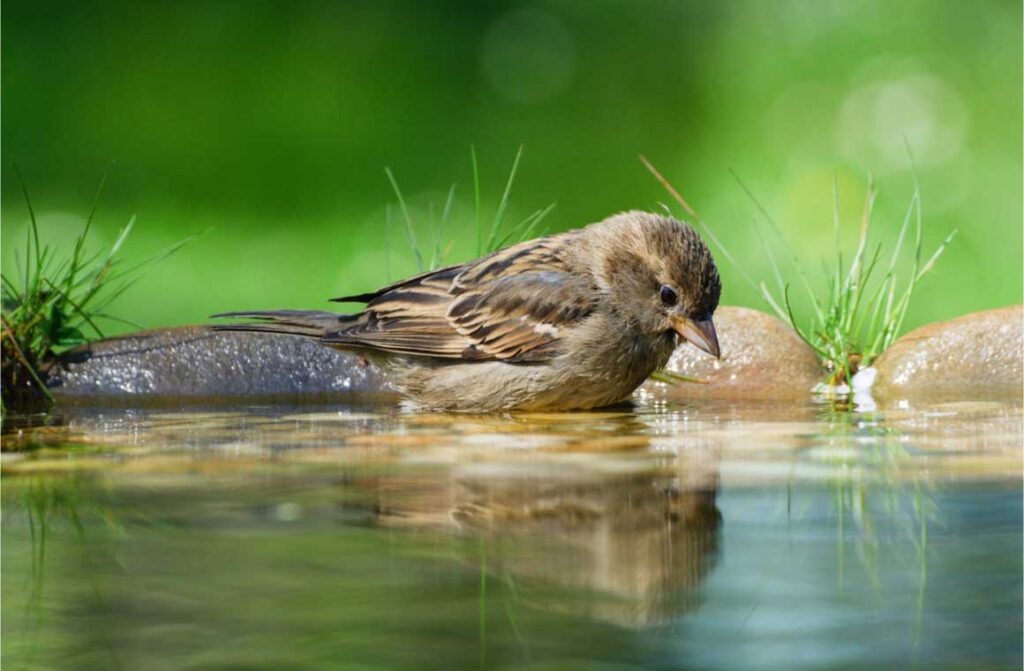
Something else that butterflies need is minerals. While lawns don’t help local wildlife thrive, rocks or pebbles in water do. Aside from the chance that you might wind up with a few frogs in your pond, butterflies love to take in trace minerals from the water in which different types of stones and pebbles are placed. Water gets infused with these minerals from the rocks, and butterflies need them for sustenance.
Conclusion
Outdoor bugs can be a nuisance in many situations, but when you consider all the friendly fauna that we can help with a few alterations to our backyard and how those small changes will impact the environment, why wouldn’t we do it. All these small creatures need from us is to get back what we already took from them with our residential developments and sprawl lots. A few flowers for food, water, and rocks for sustenance and friendly fauna will continue to live in the area for years to come. Furthermore, they will ensure that the local flora and other types of wildlife will proliferate and thrive. Why wouldn’t we want that? Just the idea of having a hummingbird visit you every now and then or have butterflies in your backyard on a daily basis, the imagery makes one think of the great outdoors, fairies and rainbows.
Let us know in the comments below if you have any questions about how you can better implement a friendly habitat for friendly fauna in your backyard. Like & Share this article with anyone that wants to upgrade their backyard to a sustainable and eco-friendlier option for which the local fauna will be genuinely grateful.



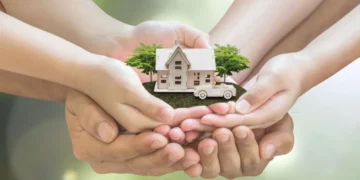

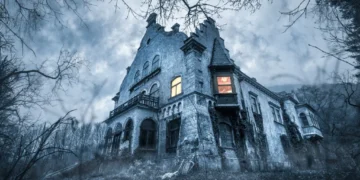






Really interesting post!